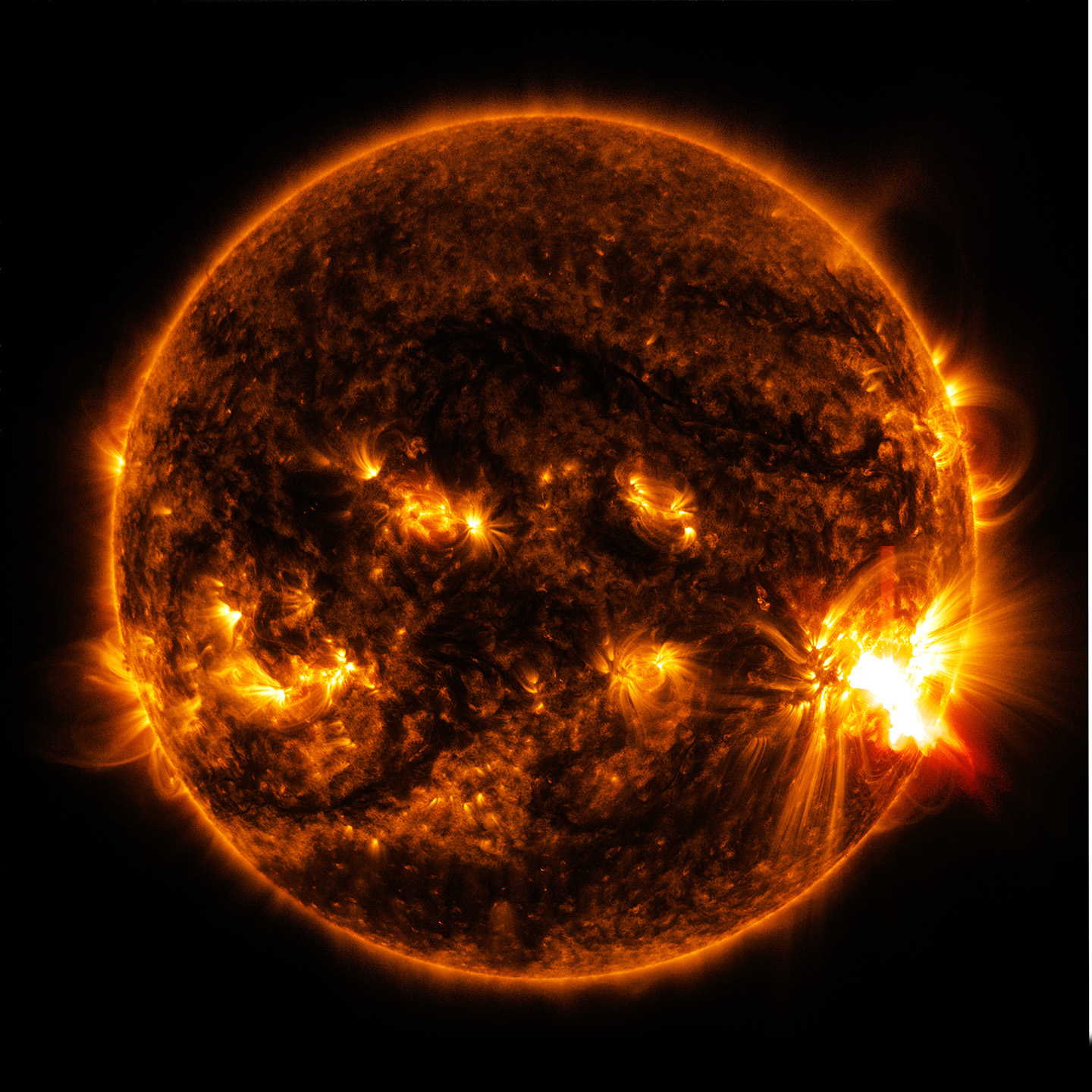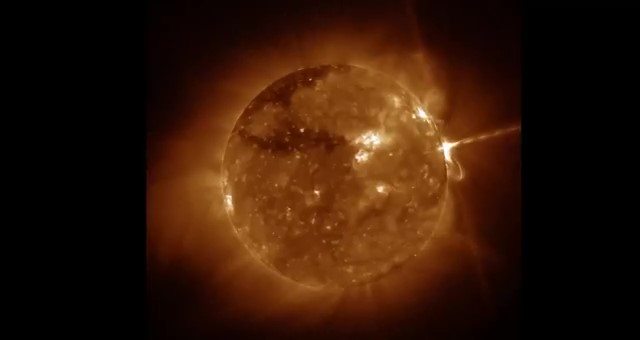News
Researchers and ‘Small Army’ Upend Popular Idea About the Sun’s Superheated Atmosphere
A new study to help solve an enduring mystery about the Sun gives new meaning to the phrase, “It takes a village.”
Physicists and more than 1,400 undergraduate students sought to chip away at answering the longstanding question of how the Sun’s outermost atmosphere, or corona, gets so hot. In a nearly unprecedented feat of data analysis, the researchers and their small army of mostly first- and second-year students examined the physics of hundreds of solar flares — enormous eruptions of energy from the Sun’s corona that one popular theory purports are responsible for the corona’s heat. And their results suggest that popular idea may not be right after all.
“We really wanted to emphasize to these students that they were doing actual scientific research,” said James Mason, lead author of the study and an astrophysicist at the Johns Hopkins Applied Physics Laboratory (APL) in Laurel, Maryland.
Heather Lewandowski, a study co-lead and physicist at the joint research institute JILA, said the study wouldn’t have been possible without the undergraduate students, who contributed an estimated 56,000 hours of work to the project: “It was a massive effort from everyone involved.”
The researchers and 995 undergraduate and graduate students published their findings May 9 in The Astrophysical Journal.
Telescope observations have suggested the Sun’s corona sizzles at temperatures close to 2 million degrees Fahrenheit (1.1 million degrees Celsius), strikingly hotter than its surface that’s just 1,000 miles below, which registers around 10,000 degrees F (5,500 degrees C).
“That’s like standing right in front of a campfire, and as you back away, it gets a lot hotter,” Mason said. “It makes no sense.”
Why that is has puzzled physicists for decades. Some researchers suspect the culprit may be miniscule flares called nanoflares, too small for even the most advanced telescopes to spot. If such events exist, they may pop up across the Sun on a nearly constant basis and, the theory goes, could add up to make the corona toasty, like boiling a pot of water using thousands of individual matches.

